China adds 1 billion square meters of civil buildings every year, and the proportion of building energy consumption to total energy consumption continues to climb, surging from 10% in 1978 to 30% today.In the face of this serious challenge, vigorously develop energy-saving buildings has become the consensus of all sectors of society. The China Heat Insulation and Thermal Insulation Materials Market Research Report clearly points out that building heat insulation and thermal insulation materials are the key to enhancing energy efficiency and improving the living environment and functionality.
Global thermal insulation materials are moving towards high efficiency, energy saving, thin layer, thermal insulation, waterproofing and external protection integration direction, in the development of new thermal insulation materials and in line with the structure of thermal insulation and energy-saving technology at the same time, more emphasis on the targeted use of thermal insulation materials, according to the standard specifications for design and construction, and strive to improve the efficiency of thermal insulation and reduce costs. Domestic and foreign have launched a thin layer of thermal insulation insulation coating research, the United States has a number of companies to produce this adiabatic ceramic layer coating, such as the United States SPM Thermo-Shield, Thermal Protective Systems launched Ceramic-Cover, J.H. International Therma-Cover J.H. International's Therma-Cover and other products.
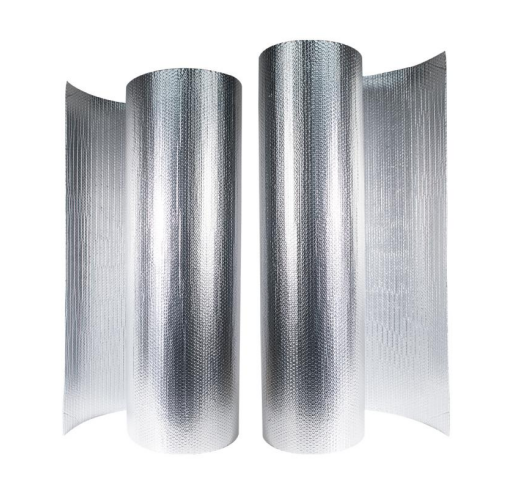
However, in China, rock wool, glass wool, expanded perlite and other traditional insulation materials still dominate the market. Despite the low price, these materials have many defects: high density, poor thermal insulation performance (thermal conductivity of 0.065-0.090W/m-K), laying thickness leads to serious material loss, high moisture absorption, seismic and environmental performance is insufficient.These traditional materials have been unable to meet the increasingly stringent energy-saving standards, and some materials such as asbestos and glass wool contain harmful substances, posing a threat to human health.
In contrast, the market share of new thermal insulation materials in China is only 40%. Compared with traditional thermal insulation materials, it has low thermal conductivity, good thermal insulation effect, light weight, low water absorption, good chemical stability, convenient construction, but due to the relatively high price of the new thermal insulation materials, thus restricting the large number of domestic use. As much as 95% of China's new buildings are still high energy consumption buildings, which is mainly attributed to the wide application of traditional thermal insulation materials. Therefore, improving the production and application of new thermal insulation materials is the key to reducing building energy consumption and improving the energy-saving rate.
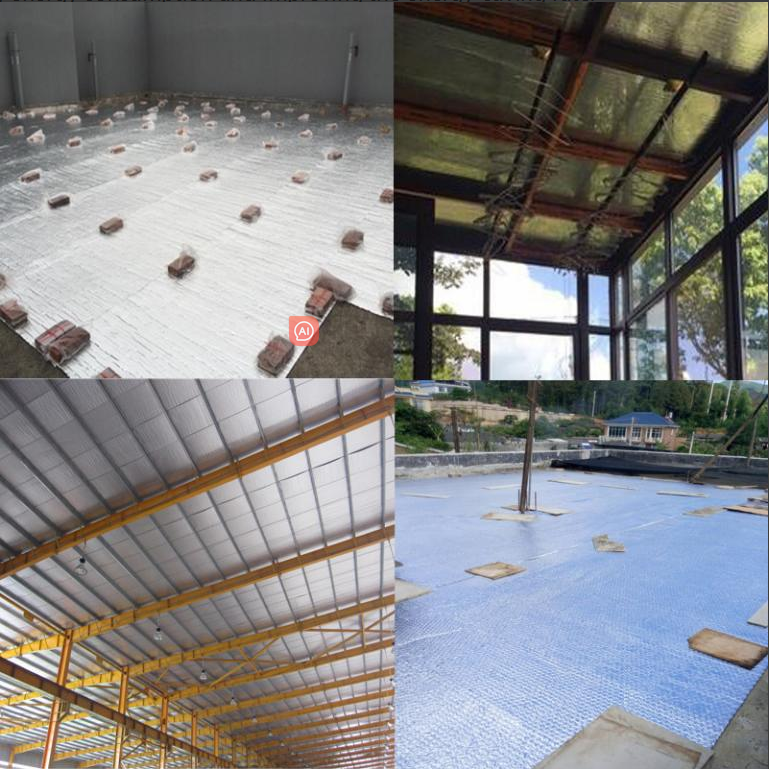
The new thermal insulation material adopts nano-ceramic hollow beads, silica-aluminum fibers, and various reflective materials as raw materials, with a temperature resistance range of -80-1800 ℃, and can be directly faced with the flame for thermal insulation and heat preservation. Its thermal conductivity as low as 0.03W/m-K, can effectively inhibit and shield the infrared radiation heat and heat conduction, thermal insulation inhibition efficiency of up to 90% or so, can inhibit high temperature objects of heat radiation and heat loss, low temperature objects can be effective in keeping the cold and can inhibit the environment of radiant heat caused by the loss of coolness, but also prevent the occurrence of object condensation.
The material is developed based on the working principle of NASA to control the heat conduction of the space shuttle, which is suitable for high-pressure spraying, non-polluting, and has good performance of anti-heat radiation, thin-layer heat insulation, waterproof and anti-corrosion.
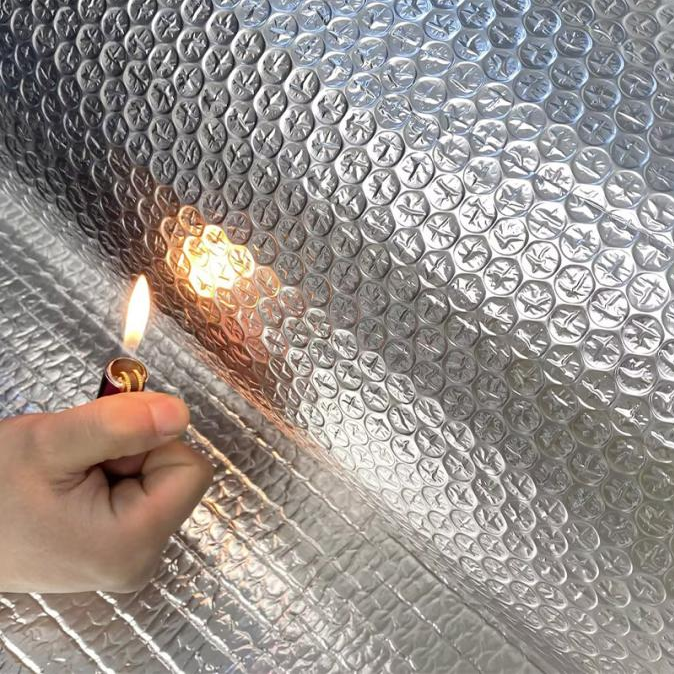
XCGS new thermal insulation material using composite sandwich structure design, inside and outside the surface layer are aluminum foil multilayer composite materials, the middle layer of PE polyethylene air bubbles / XPE foam, this inorganic material properties, porous fiber structure and extremely low thermal conductivity, can achieve long-lasting heat preservation efficacy.
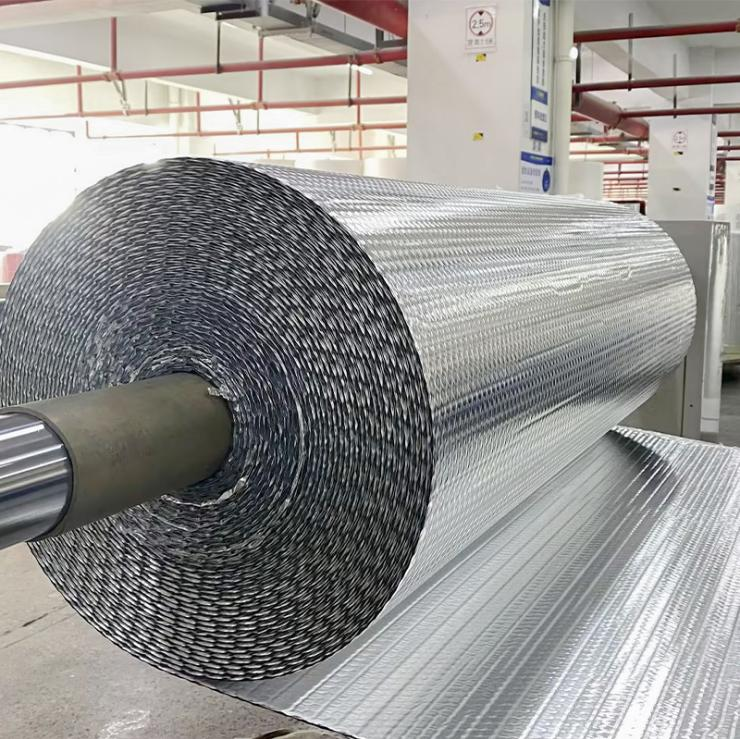
It has excellent barrier performance, excellent moisture-proof and heat preservation effect, and excellent insulation, heat reflection and thermal insulation properties. Even if the heat penetrates the inner aluminum foil layer to reach the middle PE airbag layer, heat convection will be formed in the middle layer and it is difficult to penetrate the outer aluminum foil layer, thus effectively blocking the heat transfer. The composite application of this thin-layer heat-insulating and reflective coating and porous material can be widely used in buildings, pipelines, vehicles and ships, photovoltaic power stations, petrochemical tank equipment, grain storage, cold storage, containers and many other occasions.
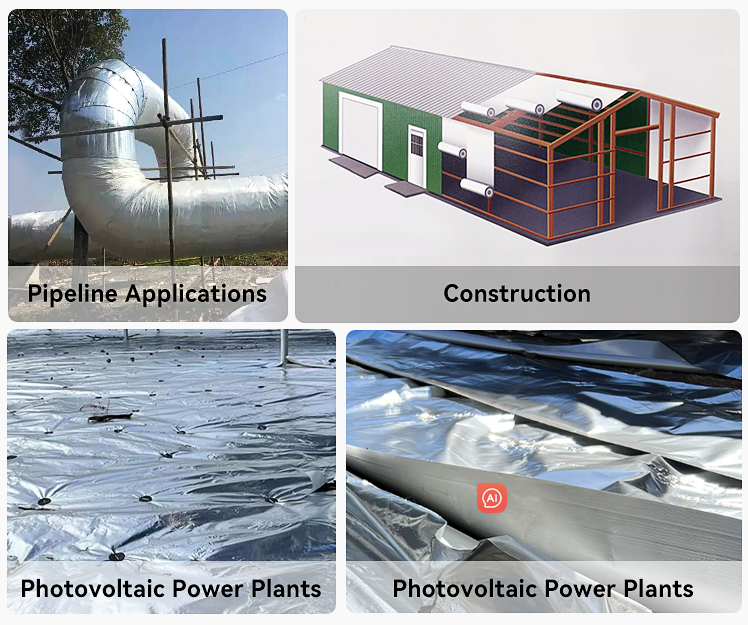
The new type of heat insulation and thermal preservation material takes water as the dilution medium, does not contain volatile organic solvents, and is harmless to the human body and the environment. At the same time, its production cost is only 1/5 of similar foreign products. therefore, we call on everyone to strengthen the understanding of the new heat insulation and thermal insulation materials, and promote its application in the field of construction, in order to enhance the rate of energy saving in buildings.
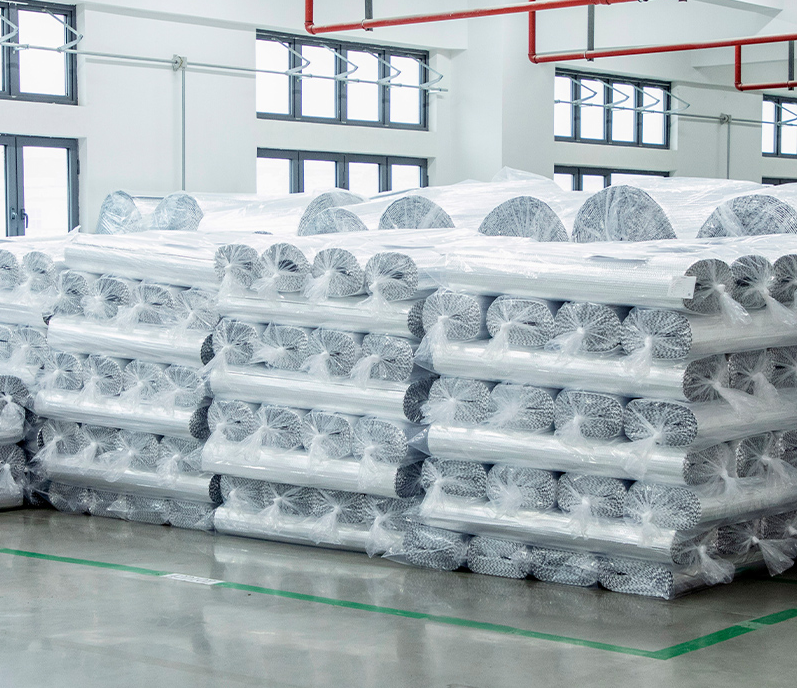
It is XCGS's corporate mission to promote environmentally friendly packaging and make it ubiquitous. It is XCGS's duty to export excellent thermal insulation materials to the construction field and contribute to the low-carbon society.
In the future, XCGS will continue to make due contribution to China's energy saving and emission reduction cause through products and technology.

















































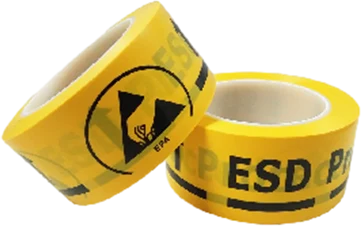

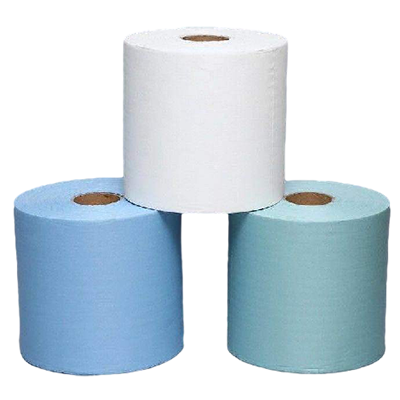

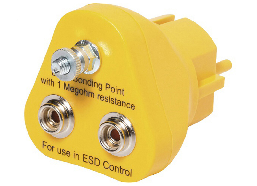
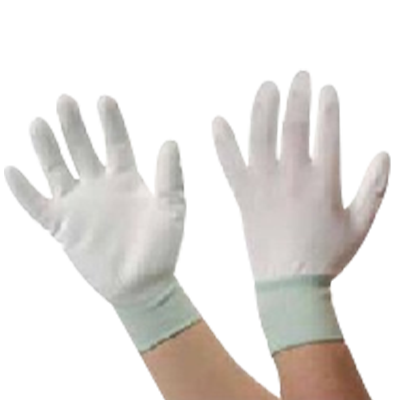
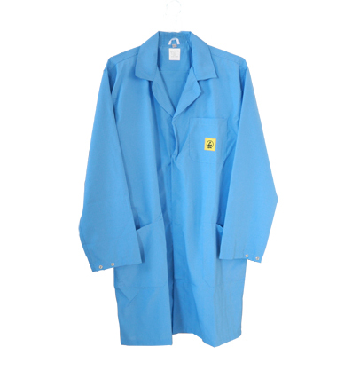
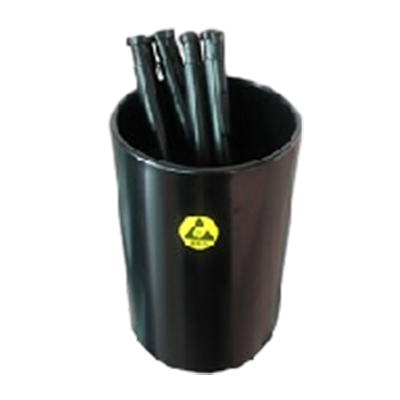


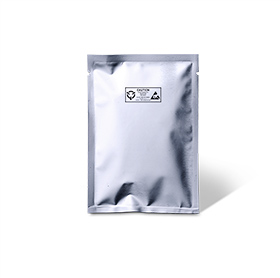
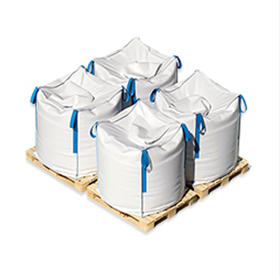





















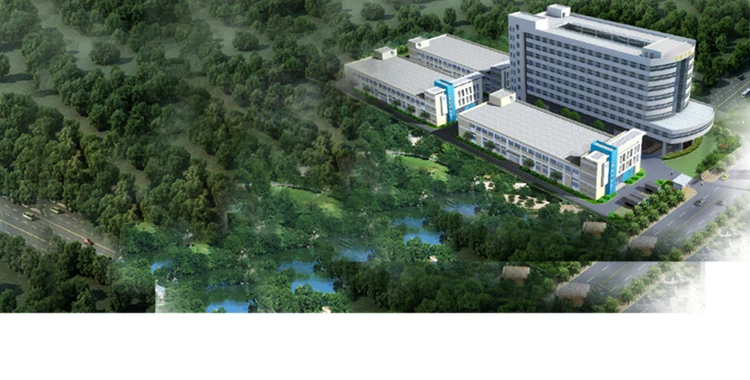



















 18915559236
18915559236 xcbxa@xcgs.com
xcbxa@xcgs.com